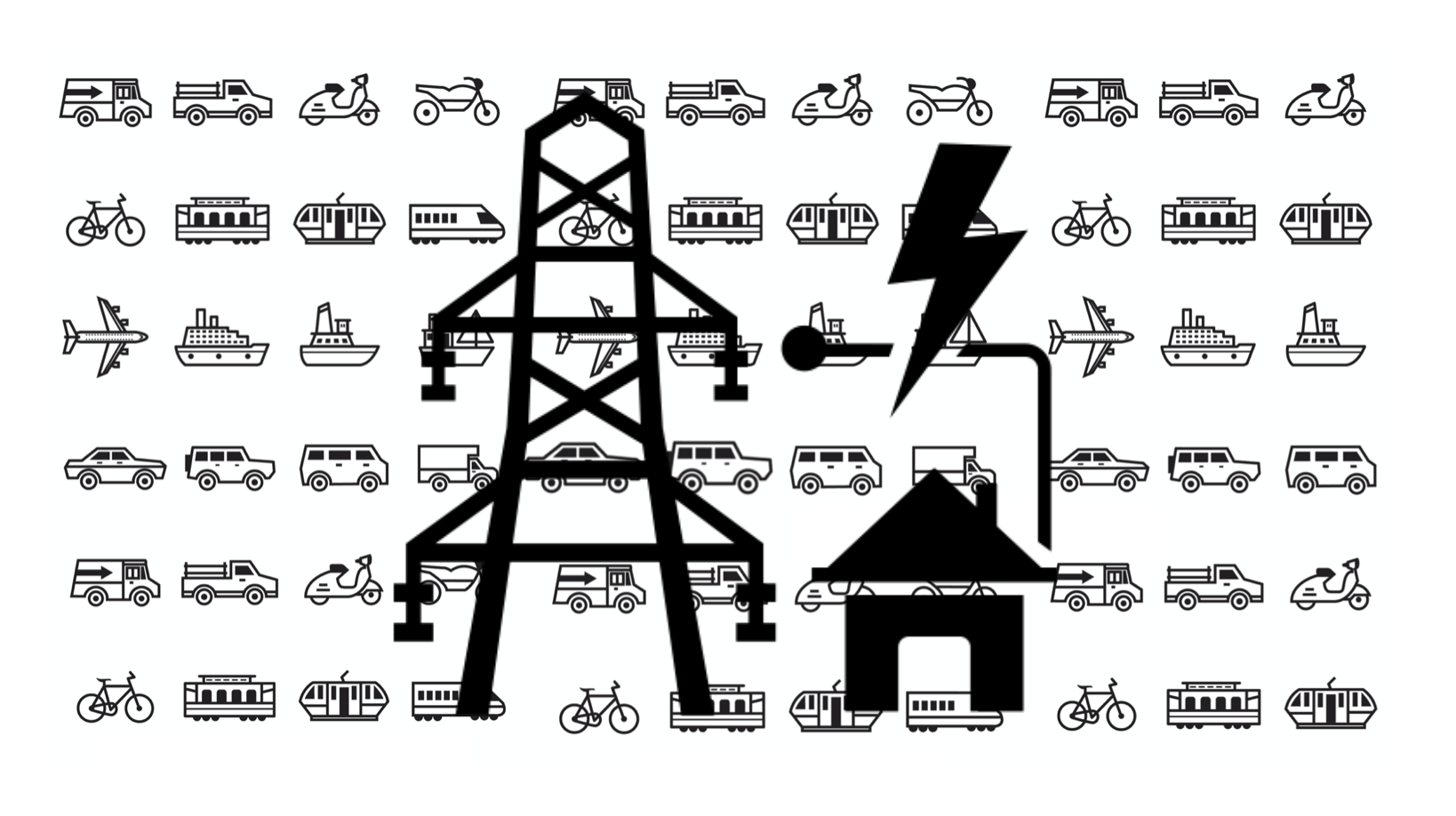
Last week I was at Circuit Zandvoort. Not to look at fossil cars, but to participate in the EV Experience, which Ervaar Elektrisch (“Experience Electric”) had organized. It was very cool to see all those new electric car models: the Hyundai Ioniq5, Kia EV6, Volkswagen ID4, Tesla Model Y, you name it.
Although the prices are still hefty, you can now see the range expanding rapidly. Almost all new models have a good driving range of at least four hundred kilometers. I had the opportunity to give a talk in the morning at a meeting of Change Inc, the former Sustainable Business Platform. Its short summary is: everything will be electric.

One of the frequently heard objections to electric driving is that our electricity grid would not be able to handle it. Not least put forward by the Dutch grid operators. We also hear more and more that filling a field with solar panels is not always possible either. What is going on here and is this really true?
What is very important in answering the question of whether our electricity grid can handle the changes is the difference between power and energy. We express electrical power in watts; we all know that from our old light bulbs, of, say, one hundred watts. If you run a one hundred-watt bulb for one hour, you are using one hundred watt-hours of energy. So power is instantaneous, energy is power times time.
Now if we would all drive electric, can we make enough energy for that? I have already calculated that for the 120 billion kilometers or so that we drive every year in passenger cars, we need about 20 billion kilowatt-hours (kWh). We currently use about 120 billion kWh annually in the Netherlands. The total demand for electricity will increase by as much as 200% or 300% in twenty years or so, I expect. This means that the network companies will obviously have to innovate considerably, but not because of the cars. Their share in the growth is peanuts compared to that of industry and households.
So what about power? Imagine everyone coming home from work in the evening and hooking up the electric car to the charging station. Also, the electric stove is turned on and the heat pump is running briskly because it is winter. At times like that, high capacities can be demanded, and then the local grid could become overloaded. The same kind of problem with peak power can of course also occur with large solar fields that generate too much energy on very sunny days and overload the grid.
So is this a showstopper? The answer is obvious: not at all. After all, peak power can be solved with smart software and charging strategies. I have already mentioned as an example the app Jedlix, to which I have linked my electric car. The app controls the charging of my car for me. I let charging start after nine o’clock in the evening and arrange the car to be full by seven o’clock in the morning. Jedlix then looks at the electricity market to see when the best time to charge is, at low cost. I then get a piece of the profit from trading on the energy market paid into my account.
I predict that such smart grid solutions will play a very important role in the energy transition in the coming years, especially if we also start using batteries more and more as a short-term buffer at fast-charging stations, for solar panels, and in the neighborhood or at home.
Maarten Steinbuch and Carlo van de Weijer are alternately writing this weekly column, originally published (in Dutch) in FD. Did you like it? There’s more to enjoy: a book with a selection of these columns has just been published by 24U and distributed by Lecturis.
